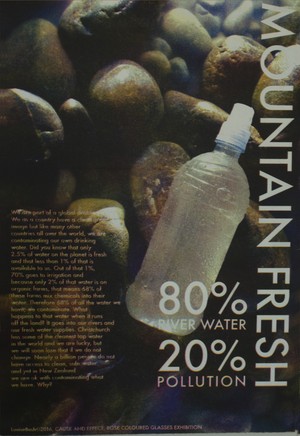Natalie Robertson
Rangitukia Hikoi 0-14, 2016

Natalie Robertson
Rangitukia Hikoi 0-14, 2016
Rangitukia Hikoi 0-14, 2016
Photography, Inkjet prints
Courtesy of the artist
Our mauri - life-force - is interconnected with the life-force of our waterways and our lands. They are barometers of our cultural health and wellbeing. Drawing on customary and contemporary stories of land and place, Natalie Robertson’s work examines paradoxes of economic development and environmental destruction.
Rangitukia Hikoi 0-14, 2016 is a new 12-metre photographic installation of Rangitukia beach, Te Tai Rawhiti, which examines the impact of deforestation on the land of her iwi, Ngati Porou. According to their tribal lore, mana whenua have occupied this region since Maui Tikitiki a Taranga fished up the island out of the sea. Natalie has long sustained her whakapapa relationship with the Waiapu River watershed and coastal foreshore, as a trustee of the land through her hapū, Te Whanau a Pokai. In the wake of the 2012 Ngati Porou Treaty Settlement, the scars of colonialism are still experienced, written in the land.
Aotearoa’s young, geologically volatile landscape is naturally in constant flux. However, the greatest change to the ecology of this region has predominantly taken place since 19th Century British colonial settlement. 150 years of cutting down native trees and burning large sections of forest to allow for agriculture, sends tons of silt down the river out to sea. Native species’ have been lost. The river has widened, the bed raised and flows are no longer the same, sediments have impacted river species' habitats and traditional coastal food gathering.
For Rangitukia Hikoi 0-14, 2016, Natalie pegged out 21 markers along 100 meters of the beach, returning daily to photograph over a week long period. At this location, the driftwood and sand combine in coastal accretion, as sediment flows out of the river mouth. This work shows markers 0-14 (70M), using the length of the gallery space to walk along the panorama. Bleached driftwood embedded in the sand appears skeletal, the landscape desolate. Natalie’s large scale format is familiar, redolent of New Zealand artist Colin McCahon’s painting Series Walk (Series C), 1973, which also present a sequence of views showing the changing states of the tide, the horizon and sky. Natalie’s work similarly shows the changing weather, reflecting on the mutable environment. However, this photographic work serves another purpose. The takutai moana, the foreshore, is a politicized environment and from a Ngati Porou perspective, a spiritual pathway. It is an immersive document of the environment; a record for future generations to experience the state of their landscape in 2016, capturing evidence and heritage for years to come.
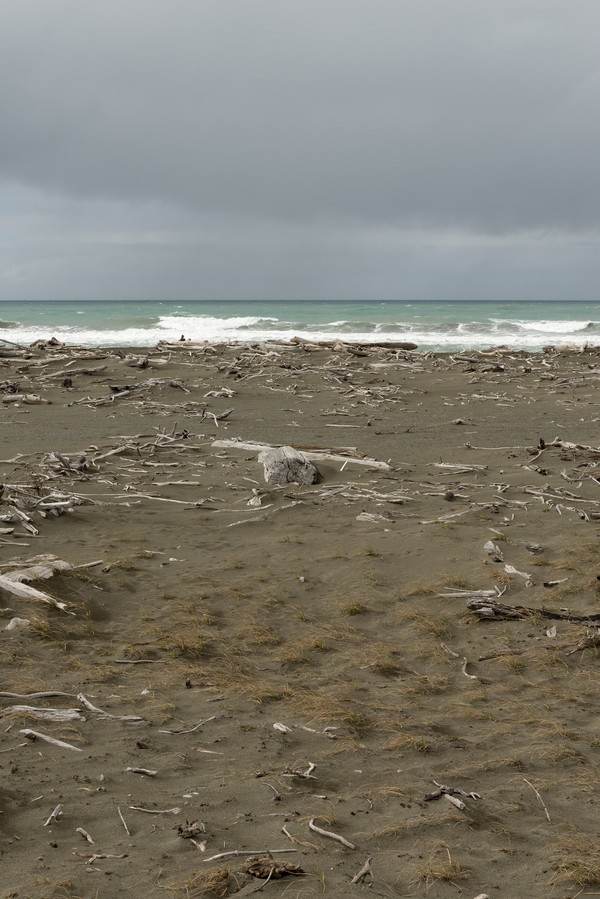
Rangitukia Hikoi 0-14, 2016, Natalie Robertson
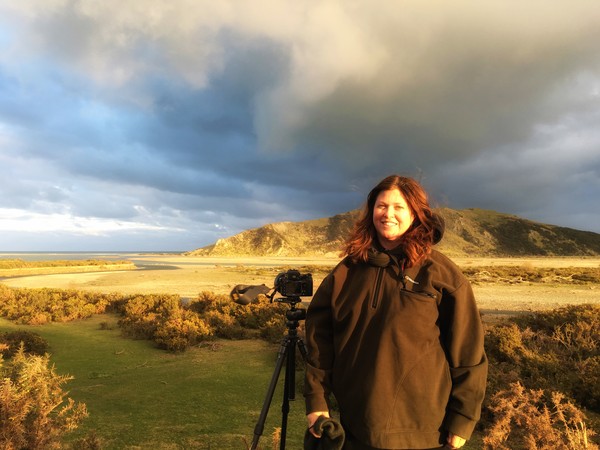
Artworks
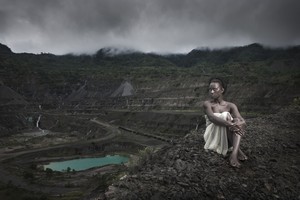
Taloi Havini and Stuart Miller
Blood Generation: Sami and the Panguna Mine, 2009

Gaby Montejo
Honeymoon Latte, 2016

Dryden Goodwin
Breathe, 2012
Natalie Robertson
Rangitukia Hikoi 0-14, 2016

Alex Monteith
Rena Shipping Container Disaster, 2011 (ongoing)
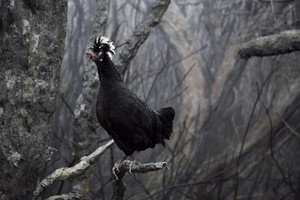
Hayden Fowler
New World Order, 2013
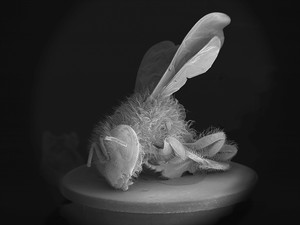
Anne Noble
Bruissement, 2015; No Vertical Song, 2015

Melissa Macleod
Drill (performance) 2016; Weight (installation) 2016
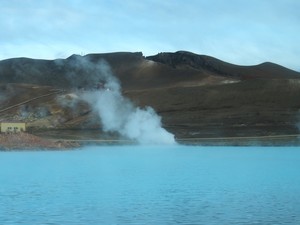
Tyne Gordon
Pooling, 2016

Zina Swanson
Plants from the sale table, 2016
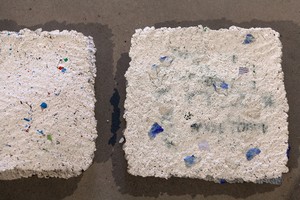
Liv Worsnop
Practicool Planet; Dust Gatherings: Potential and Poison; Gang Patches; Lux & Plant Gang Chats, 2016
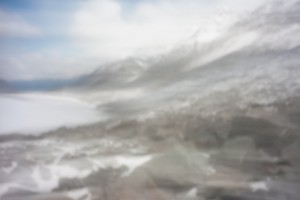
Tim Knowles
Glacial Creep - Haupapa Tasman Glacier

Precarious Nature - Extended Network
Mike Joy
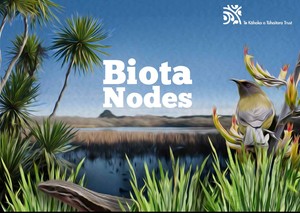
Precarious Nature - Extended Network
Te Kōhaka o Tūhaitara Trust

Precarious Nature - Extended Network
Habitat for Humanity

Precarious Nature - Extended Network
Trees for Canterbury

Precarious Nature - Extended Network
Generation Zero

Precarious Nature - Extended Network
350 Christchurch
